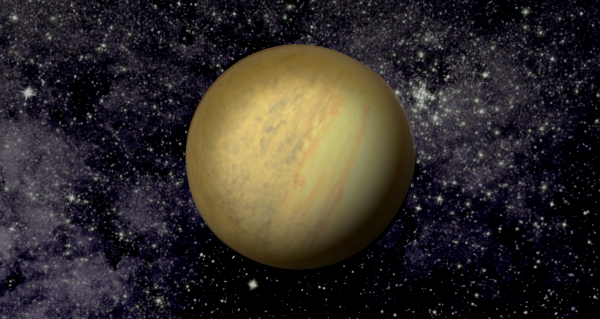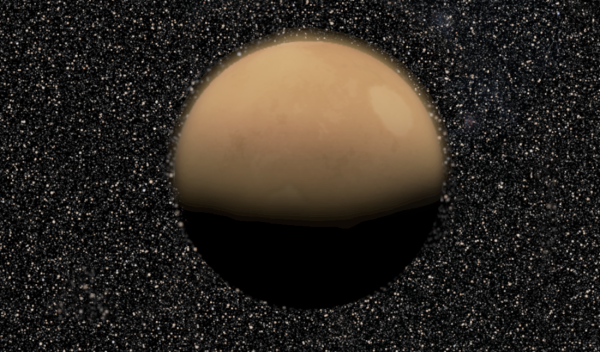BY LETTER
Titanian Sowers (HIE-236-PPE)
Ancient xenosophont civilization responsible for seeding a number of Titanian worlds | |
 Image from Steve Bowers | |
| Khonaet, the first world discovered to have been seeded by the Titanian Sowers | |
The Titanian Sowers (Hamilton Institute of Exopaleontology designation: HIE-236-PPE) were an ancient xenosophont species known only from their panspermia activity on a number of Titanian worlds, some of which are currently within the Terragen Sphere. No undisputed evidence of technological infrastructure linked to the Sowers has ever been found, whether from long-range observations of systems possibly visited by them in the past or from closer inspections of worlds confirmed to have been altered by this species.
Within the Terragen Sphere, 14 worlds have been discovered to host organisms which can be traced back to a common origin, including one which apparently evolved complex life afterwards. Many more such worlds likely exist beyond the Terragen Sphere. By tracing these systems' trajectories to find when they were closest in space, the age of the Sowers has been determined to be approximately 2210 million years, give or take 20 million years.
Titanian Sower biology operates on similar principles to most other Titanian life-bearing worlds, involving microscopic plates and existing as solids. Their common descent was detected due to sharing a PSP-Beta8 genetic array pattern, as well as a shared genetic code that is unlike any other Titanian life.
The most accepted theory regarding the Titanian Sowers, developed by the Ymie-Swu-Ttoi academic tribe in 6107, posits that they were a sophont species that evolved on a Titanian world (sometimes known as Wmi-Tmo, a play on the word "Titanian Sowers"), which is most likely outside the Terragen Sphere. They were likely limited to their home planetary system, and their only successful interstellar missions were uncrewed vessels containing simple, resilient organisms from their homeworld, launched towards nearby Titanian worlds suitable for these organisms within a distance of, at most, 200 light-years.
 Image from Steve Bowers | |
| Vitjsya3nan, another world seeded by the Titanian Sowers | |
Notable worlds seeded by the Titanian Sowers include Khonaet and Vitjsya3nan, the first two planets discovered to possess biospheres that share a single origin, which led to the Titanian Sowers theory. Another notable world is Hiiiw--waan-w, a massive Titanian world which has developed into a simple garden world, where worm-like organisms sail in the slow wind amidst a forest of kinetotrophic wind-harvesting lifeforms.
Many other worlds may have once hosted life seeded by the Titanian Sowers, but those have gone extinct in the great span of time between their seeding and the present day, whether driven by declining planetary activity or stellar evolution. One such example is Giandattu. Once a Titanian world located close to the center of the Titanian Sower volume, the rate of methane outgassing has since declined, leaving the remaining methane to be converted into tholins over a span of a few hundred million years. The planet now features a clear blue nitrogen atmosphere over a dry, lifeless, tholin-covered surface.
Related Articles
Appears in Topics
Development Notes
Text by The Astronomer and ProxCenBound, based on an original article by Aaron Hamilton
Initially published on 02 July 2000.
2025-03-03: revised by AstroChara and ProxCenBound
Initially published on 02 July 2000.
2025-03-03: revised by AstroChara and ProxCenBound






